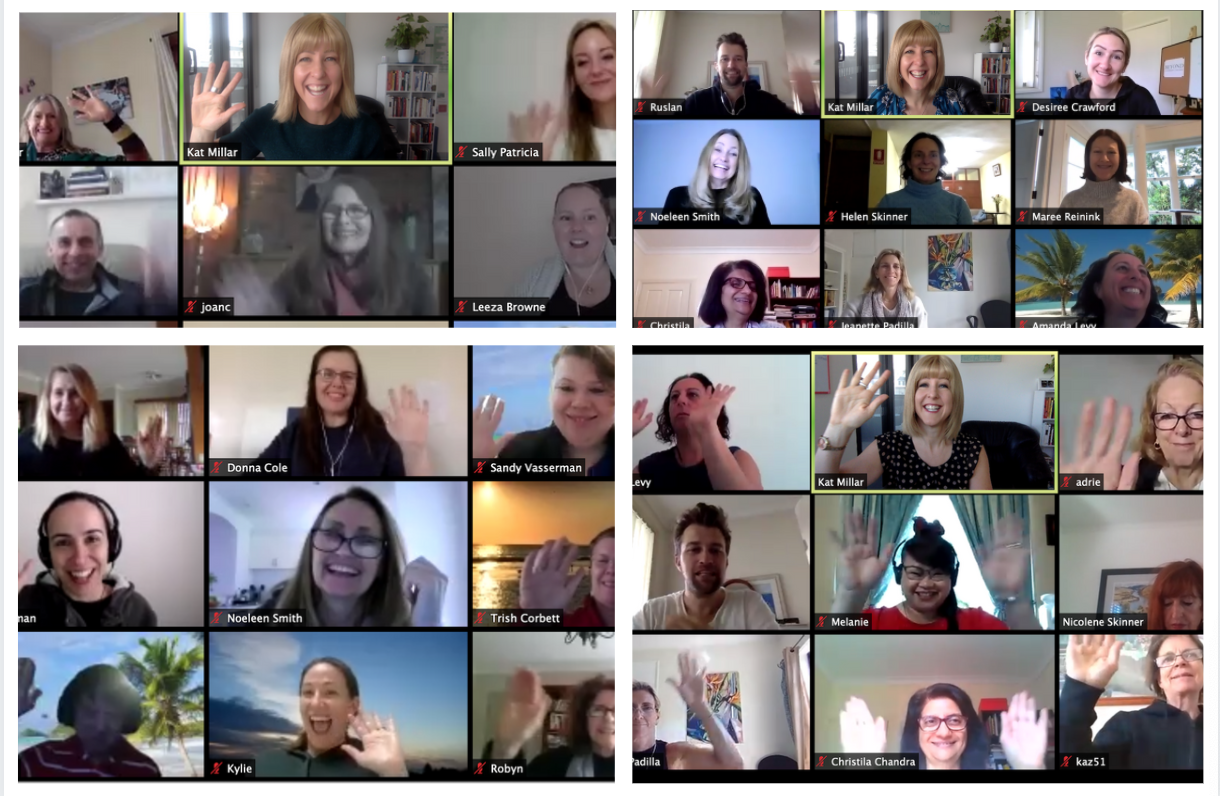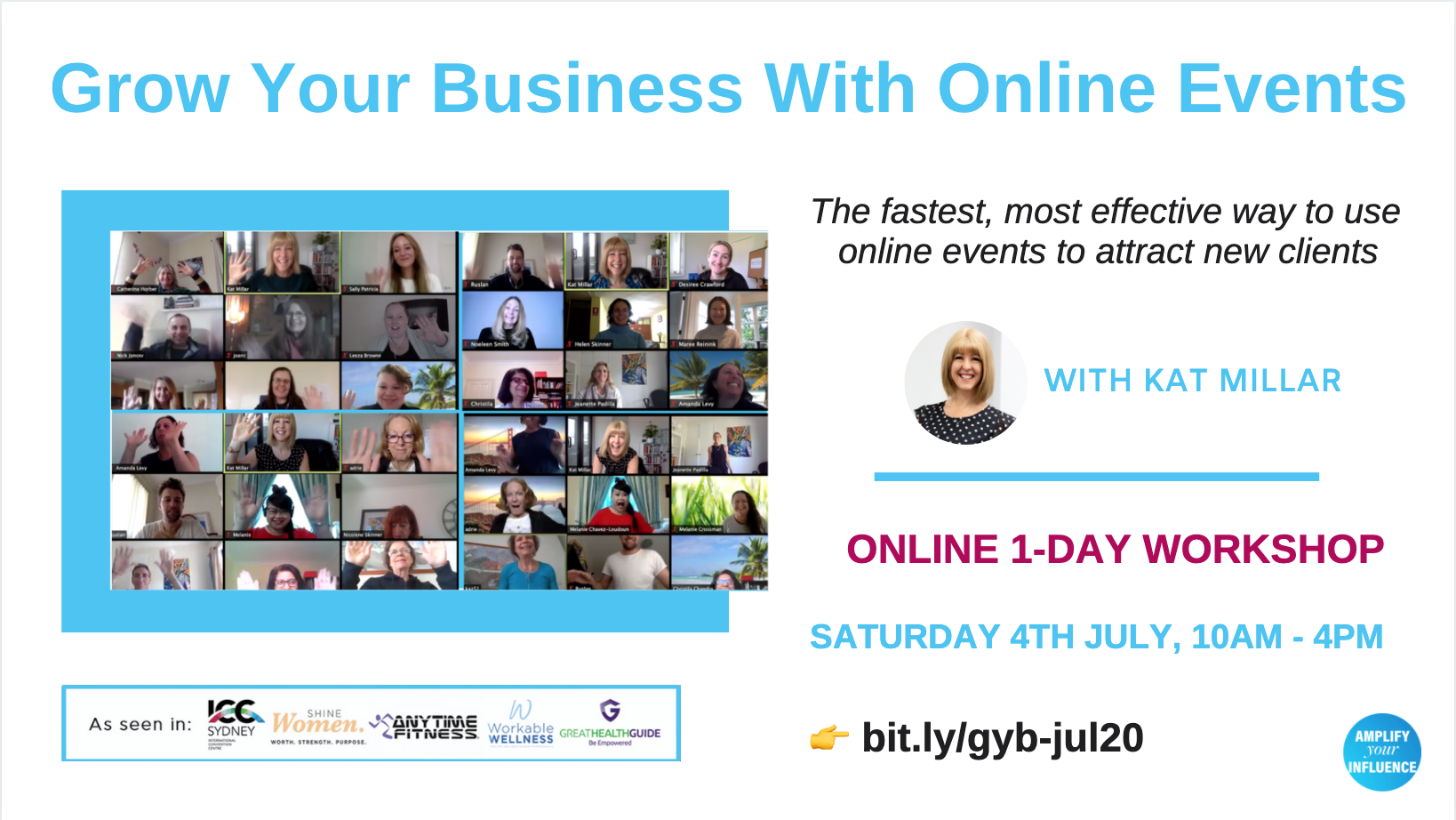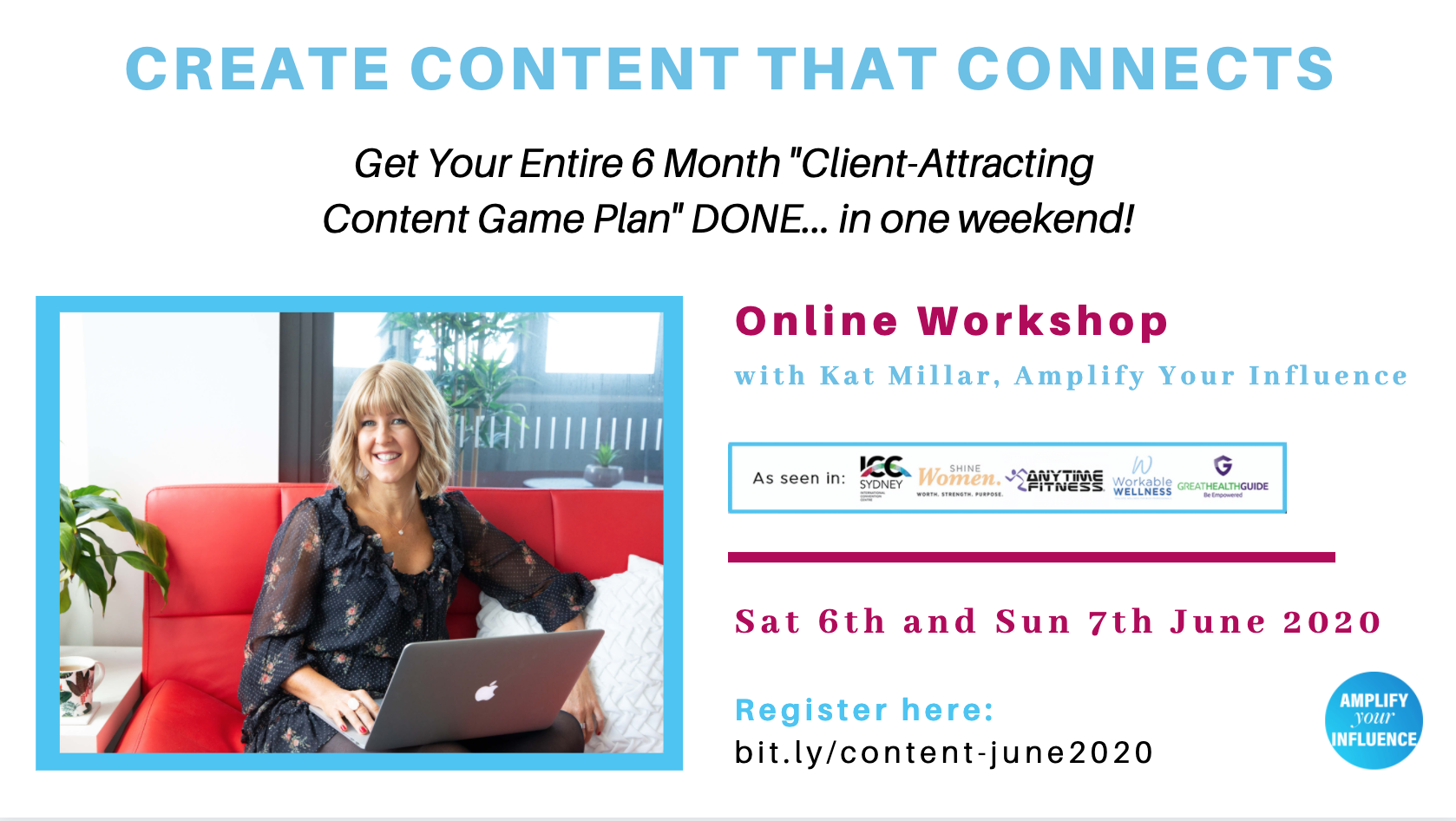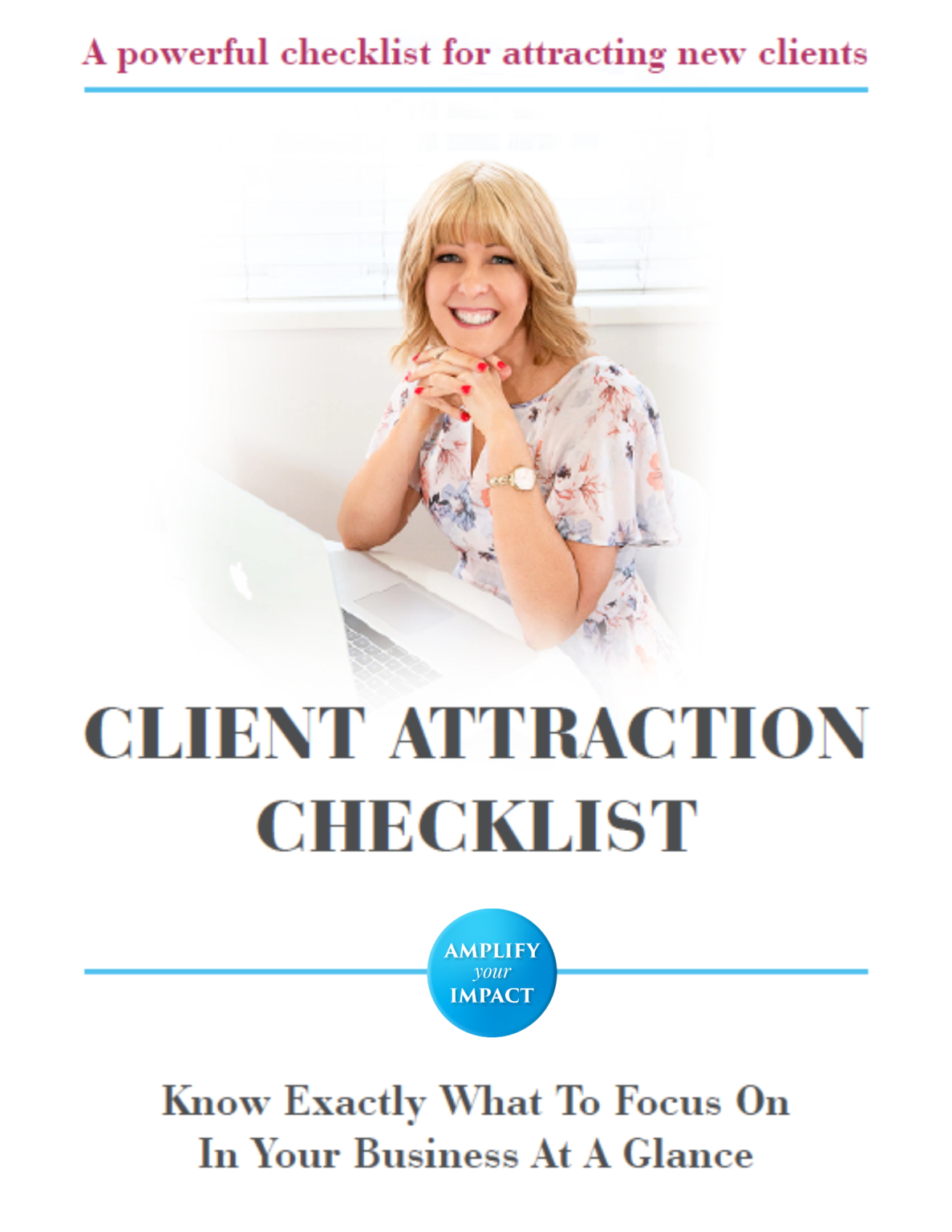Paragraph
If you’re like most people that I speak to, you find the idea of going live on a video rather scary…
When I first got introduced to the idea of Facebook Live videos, I was terrified. I was used to editing my videos and I wanted them to be professional and polished.
But I realised Facebook Live videos are such a powerful way to connect with people. Plus, they are here to stay and if I didn’t jump on board, then I’d be left behind.
If you haven’t been getting the engagement that you want, the reach, connection or sales conversations booked in and you’re wondering why not, then you’re in the right place.
Facebook Live videos are so effective, because they build trust and rapport a lot faster than written posts.
As you get better at using this skill, you can grow your business fast using Facebook Live videos.
I heard an interesting statistic recently, that using companies who use videos in their marketing enjoy a 27% click through rate and 34% higher web conversions than those who don’t.
Mark Zuckerberg says:
“I see video as a mega trend, same order as mobile. That’s why I’m going to keep putting video first across our family of apps.”
You can make or break your business by avoiding videos altogether or by creating poor videos.
People remember about…
* 20% of what they hear
* 30% of what they see
* And 70% of what they see and hear
Video content is so much more memorable than written or audio.
Videos also enable you to help more people at one time. Instead of having one-on-one coaching conversations all day, you can jump on live on video and impart a message very fast to your community.
Whether people show up live, or whether they show up to the replay, you’re building your content library that’s hosted in Facebook. You can download the videos as well afterward and post them to YouTube.
If you want to be an influencer and inspire people to take action, the best way to build your community is through Facebook Lives.
They also open a lot of doors of opportunity for you. I constantly get asked to speak in other people’s Facebook groups and speak in online summits and events because I show up consistently on video.
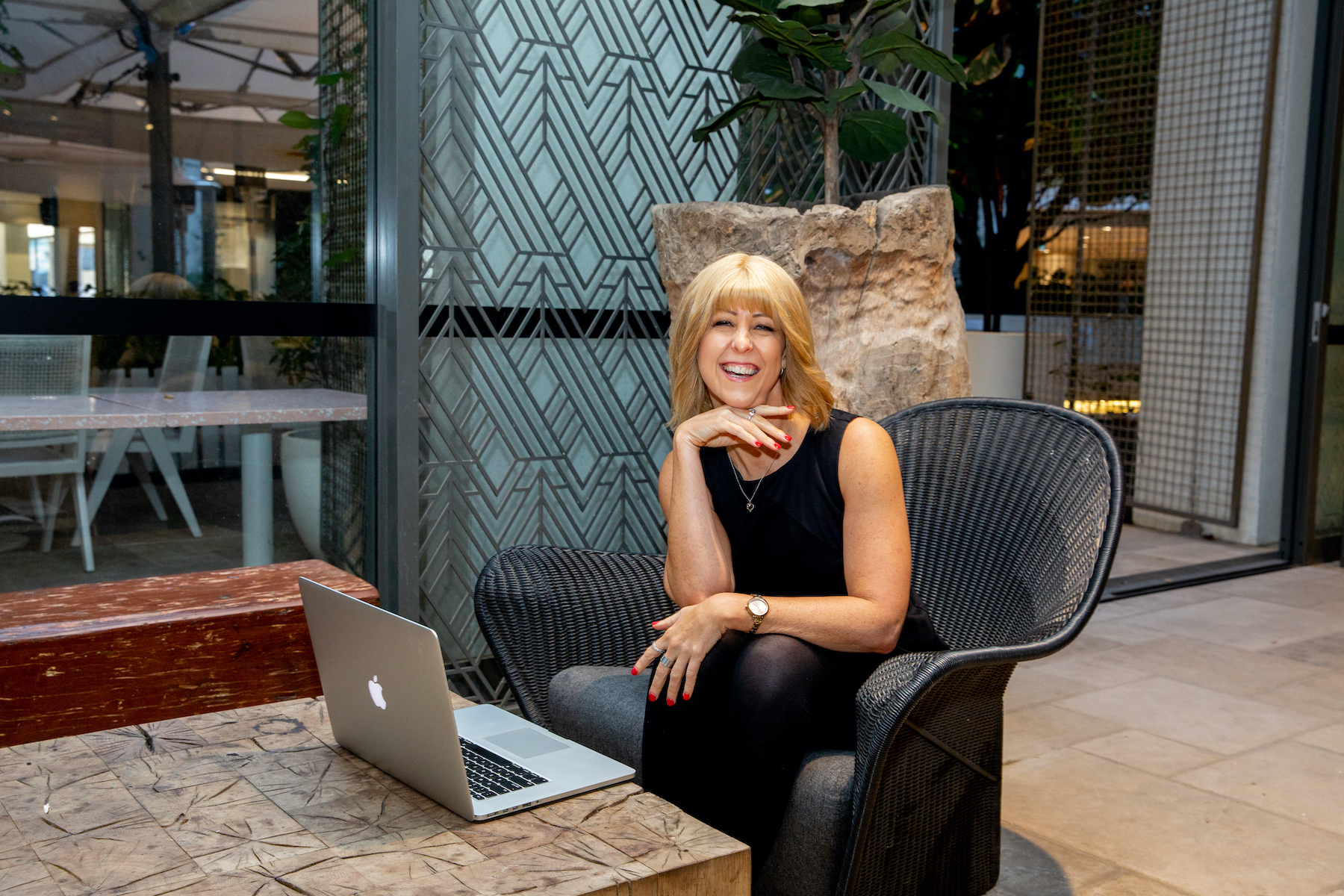
To do Facebook Live videos well, the right mindset is key.
What we say is super important, but it’s only a small part of our communication. If you’re showing up without the right mindset, it can totally affect your Facebook Live video.
Today I’m going to share with you some powerful mindset tricks and tips so that you can show up more confidently, engage, build more trust and rapport with your followers, tribe and community.
There are the three main problems that I’ve discovered that people come up against when it comes to video:
1 – Fear of Judgment
Fear of judgment is a very common human fear. Something that helped me overcome that fear is only speaking to my people, my tribe. The people who aren’t my people will not watch this, they will be repelled by this.
Marketing is all about repelling the wrong people and attracting the right people. It’s actually good for some people to judge you because that means you’re being bold and confident in your message.
You’re not watering it down and trying to be all things to all people. That’s the worst thing you can do as you miss your whole market.
People want to know that you understand them, value them and speak their language. It’s very hard to do that through the written word because all we see is typing and we can all look the same in typing.
We don’t all look the same on video, right? So accept the fact that there are going to be people who are judging you, but don’t worry about that.
I was so fearful of people judging me because I was judging me. And we attract what we project onto the world with our own limiting beliefs. I’m not judging myself anymore.
I see judgment as a good thing, as you know you’re in the success club when you have people judging you.
2 – Imposter Syndrome
Imposter syndrome is a big one as a lot of people feel like they don’t know enough. We think if we’re going to talk on a topic, we need to know everything on that topic and if we don’t, then we’re a fraud.
Imposter syndrome is killing people’s dreams.
There are always going to be people who know more than you. And there’s always going to be people who know less than you. You don’t want to rob the people who can benefit from your message, teaching and inspiring stories.
No one else has your stories and your way of sharing things. There’s nothing new under the sun, but there’s different ways of teaching and applying different stories and experience, so your delivery is unique.
I used to have impostor syndrome because I was scared of those people that had Master’s degrees or PhDs in business.
But I’ve learned so much from running my own business for so many years, having hundreds of clients and spending thousands on education.
I used to think ‘Who am I?’, but I changed that mindset to ‘Why not me?’
3 – Fear of Rejection
People often face the fear of rejection. Do you worry if friends may see your video and think, ’Who do they think they are?’
Or maybe you fear that you won’t be liked or you may be misunderstood?
Perhaps you fear that people may find out you don’t know everything about the subject and you therefore fear you will be rejected.
The problem with this fear is that it stops us from taking action and helping the people who really need and want it.
Is it time for you to stop fear robbing you from creating the success you want and helping more people?
So here are 5 mindset hacks for doing Facebook Lives:
1 – Identify the Fear
Most people have fear when it comes to doing Facebook Lives. You’re not alone. You’re in good company!
So the first step is to identify the specific fear. Call it out, tell it as it is. What is your fear?
For me, I feared that I would come across as silly. I feared that I would forget what I was going to say. I would fear that I was going to stumble across my words.
We need to step out in boldness and vulnerability. We need to shine a light on our fear.
Putting the light on is like at night and there’s cockroaches. They scurry into the dark. Similarly, when you put a light on your fear, it loses its power.
2 – Remember Your Why
Love is a more powerful force than fear. Fear and love cannot exist together. You can’t feel loving towards yourself and fearful at the same time, because they are polar emotions.
It’s the same as with your passion. When you remember your passion and why it is so important for you to share your message, your why becomes bigger than your fear.
Remembering your why brings you back to gratitude. We get to put on a video and talk about something that we’re passionate about. I never want to take that for granted.
I’m so grateful that I get to show up on Facebook live videos. I don’t have to. I don’t think I should. I want to show up. My passion is strong enough to take me through fear.
My why stops me focussing on my fear. Humans do incredible things when they understand their why. Your why is so powerful. When you understand your why, your fear will become insignificant.
3 – Choose What to Believe
You get to choose what you believe. You can believe lies and limiting beliefs or you can choose healthy beliefs.
I believe it’s a privilege and honour to show up on Facebook Live. This is the mindset that I choose to believe.
I choose to believe people want to hear what I have to say. I choose to believe that what I have to say is valuable. If you focus on how hard it is or how scary it is, then you’re just going to spin your wheels and not move forward.
Facebook Live videos always bring me clients. People often private message me and say they want a free session after my Facebook Live.
I do what I do to help people, but one of the benefits of showing up and helping people on video is that those I help often become my clients.
4 – Focus on Your Message
By focusing on your message, you take your eyes and focus off yourself. If you’re really self-conscious about how you’re looking or how you’re sounding, then you won’t be focussing on your message.
I’m focusing on what I want to say and how I can best communicate this to you, so that you not only hear the information, but you take action.
When you focus on your message, your focus is turned off of you and onto those who you are serving.
5 – Decide to Take Uncomfortable Action
You get to decide to take uncomfortable action. This is a powerful choice.
Doing a Facebook Live is uncomfortable especially at first. Your heart will probably race, you might sweat, stumble, find it hard to swallow. Your body will probably react because you’re stepping out of your comfort zone.
If things go wrong, it’s not a big deal. Worst case scenario, the internet doesn’t work and who cares? None of that matters!
We’ve got to show our brain that we can do things. That’s what entrepreneurs do. We don’t shy away from challenges. We show up. We take uncomfortable action and we take lots and lots and lots of action.
Your community wants to see you being consistent so that they trust you. It’s not about doing a Facebook Live every month or two. You need to consistently show up.
You don’t have to use notes, just talk about something that you know. Preparation is good, but sometimes I don’t have time to prepare.
I speak about what I know and because of that, it flows out of me. You’ve got to trust yourself, and that’s part of choosing what you believe.
If you don’t develop these skills, you will get left behind.
Want to fast-track your ability to use presenting to get more clients?
Let’s chat. You can apply for your ‘Client Attraction Strategy Session’ here.
Looking forward to connecting with you!
Kat
